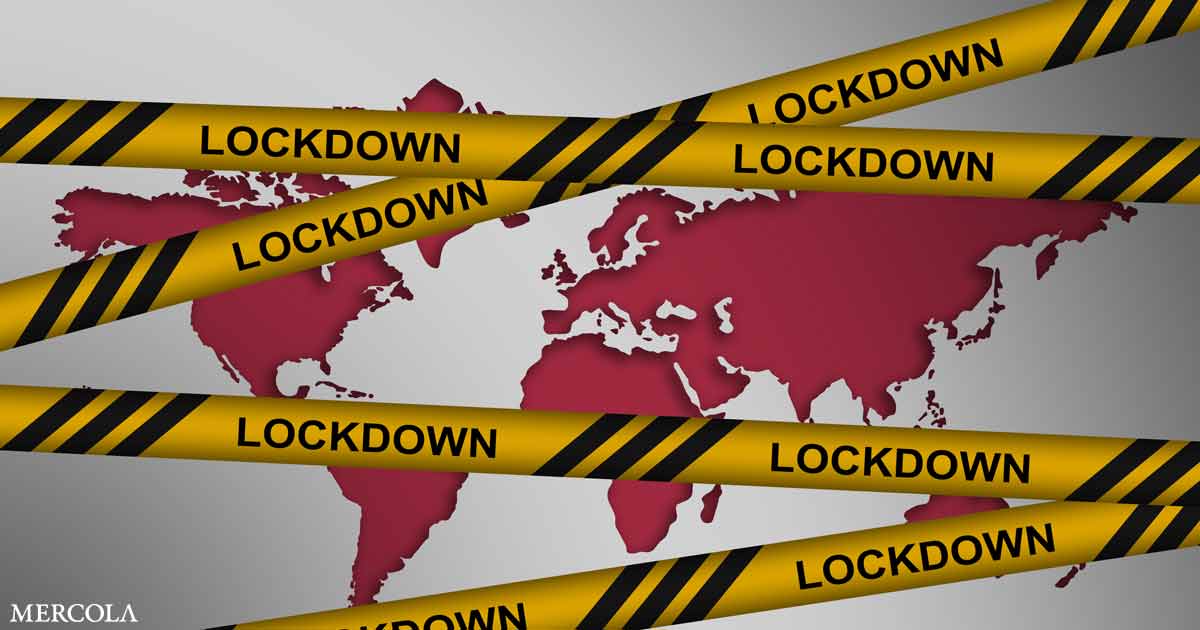If problematic legislations enforced to contain the crisis of Corona’s extent were not enough, we had in our sight, all along, cases of legal obstruction.
The PM CARES conundrum
The constitution of the PM CARES, apparently a charitable trust established by the Prime Minister with trustees in the Union Home Minister, Finance Minister, and the Defence Minister, remained, on papers, to combat exigencies arising of the pandemic. The government calls it a voluntary, donation-based fund- terminologies that somehow makes for it easier to elude the institutional measures of accountability, in that it neither qualifies as a “public authority”, as defined under Section 2 (h) of the Right to Information Act, 2005, nor can it be audited by the Comptroller and Auditor General.
Its parallel forerunner in the PMNRF, established in 1948, is still laying quiet on the question of its identity in the RTI ambit. RTI activist and former Central Information Commissioner, Shailesh Gandhi, had first filed an application back in 2006 for a complete disclosure of funds under the PMNRF, but he was turned back on the same reasons as offered by its progeny- “not a public authority”, read his application. So, he looked for other alternatives, the Central Information Commission which directed the then-government to fully disclose information back in 2008, and the judiciary, which rested his case with a split verdict.
By the looks of it, both the funds are bound to be controlled by the state– the status of “public authority” remains dicey, unless made clear through active judicial intervention. But more official clarifications had to be issued as reports of compulsory one-day cuts began to hang thin in an atmosphere of uncertainty. Those who exercised their discretion and/or refused to pay out of compulsion were looked at with scathing disgust, compelled to intimate officers with their reasons in written. The order of clarification did come in about 10 days later, but the question is, was it too late?
The pandemic and the judicial void
One thing Coronavirus succeeded in was to only affirm long-standing public grievances with our judicial mechanism. The pyramid, as a differential whole, took to the online form of justice-disposal for the first time in its 250 year old legacy. Historic as it may have been, the process hardly proved more efficient. Deciding to take up only issues of “extreme urgency”, the Supreme Court of India may have been looking for an opportunity to mark itself as the real messiah of the legally inept. But as an analysis reveals, it was all for the show. Where were the specifications? What were the pre-requisites? Ambiguity in technical matters often opens ground for arbitrary decision-making processes, and the looming pandemic only made the entire gamble easier. Only 2 out of 73 cases adjudicated upon by the apex court were COVID-related, while the rest were distributed in variegated categories, and at times comprising of commercial subject matter one would hardly consider “urgent”.
In one of the two cases, the Court took on the route of unnecessary interventionism. In a judgement pronounced on April 8, the Supreme Court directed all private labs to conduct COVID-19 tests free of charge. As always, there was a clarification a month later, one that went largely unnoticed. Free testing with a caveat- only for economically weaker sections. The former riled up sentiments, and for nothing, as per the new order– the public seemed to heave a relieved sigh, while those tasked with the gigantism of a cost-benefit analysis sat in disbelief, their breaths bated, and their heads raised in repulsion. Perhaps, we needed a proper system of checks and balances, but all of it could wait for later, of course.
The Supreme Court for the rest of the term went amiss. The country never needed it, urgently as it had put. Right as the Centre decided to push for an Unlock 1.0, it sat up alert. “Send all stranded migrants home within 15 days”, the June 9 order was urgent, and the June 19 reiteration, pressing.
The pandemic is not just an unrivalled moment in contemporary history, it leaves for us an undeniable fate. It wishes to scream in our ears the inherent value of communication, of holding on to whatever little discourse that remains untarnished by an apocalypse. The innate nature of our problems, however, is old and rife. Our leaders fail in the art of effective listening.








 India
India United States of America
United States of America New Zealand
New Zealand